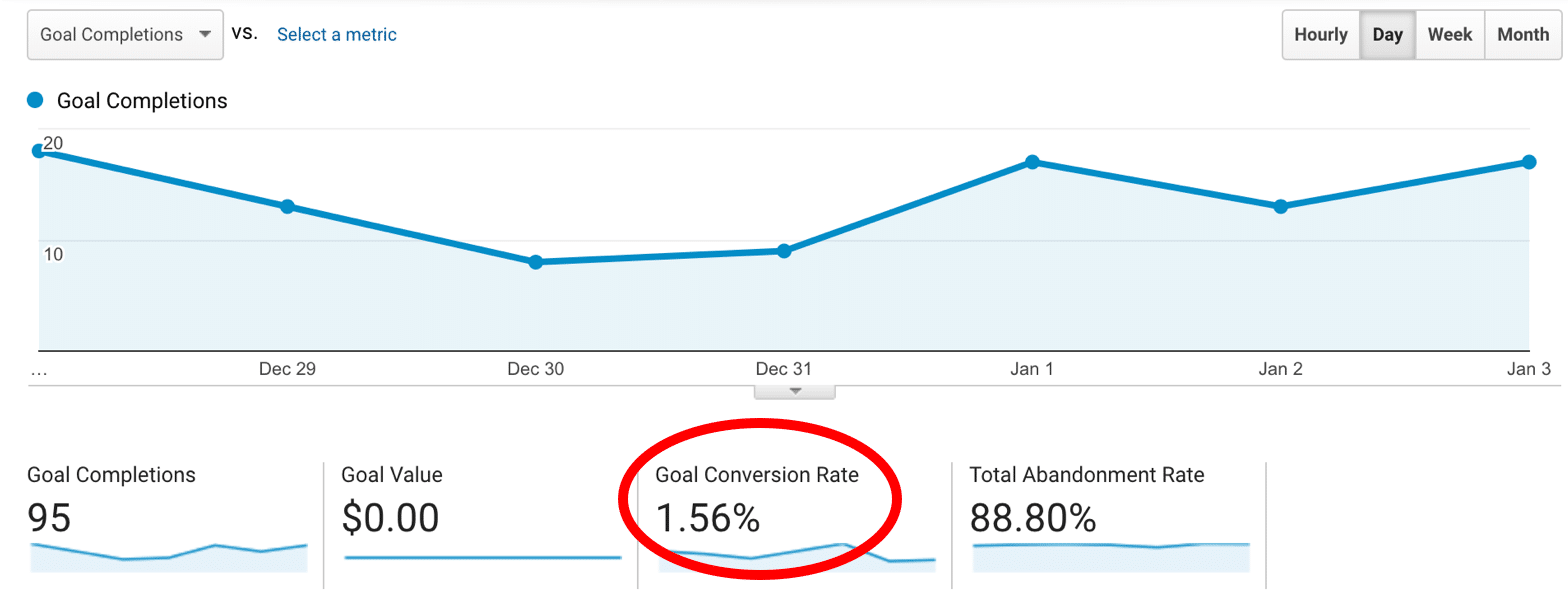The bounce rate refers to the percentage of users who visit your website and leave without exploring other pages. A higher bounce rate indicates that the user did not find the website engaging enough to act on the call-to-action. It is crucial to identify and fix issues with your landing pages as they can contribute to a high bounce rate. We will discuss some common reasons behind higher bounce rates and ways to resolve them.
This article provides a range of tips, all based on the user experience. It is important to keep in mind that the user experience encompasses everything a user feels while using your website. To improve your website’s bounce rate, there are several strategies you can implement. First and foremost, improving your site’s speed can have a significant impact on the user’s experience. Users typically make up their minds about a website within the first couple of seconds, so you don’t want to waste that time by showing them a blank page or loading scripts and content slowly. Optimizing images, using a CDN, adding better caching, and considering a faster hosting provider are all effective ways to speed up your site.
Another strategy to reduce your website’s bounce rate is to use A/B testing and targeted landing pages. If your headline or call-to-action is not effective, A/B testing can help you determine which content strategies work best. By creating different landing pages targeting various audiences, regions, and keywords, you can see which pages perform better. To captivate users’ attention and engage your audience, you can use videos and high-quality images. Videos are highly engaging and can grab users’ attention more effectively than text or images. By using animations, music, audio, narration, colors, and other persuasion tools, you can create compelling videos. High-quality images are another useful tool to reduce your bounce rate. Many websites use high-quality photos as full-screen backgrounds because they have been proven to be very effective.
Overall, it’s important to keep in mind that user experience is crucial for reducing your website’s bounce rate. Every aspect of your website, from its speed to its design and content, should be optimized to create a positive user experience.
What is the Conversion Rate?
The Conversion Rate is a Key Performance Indicator (KPI) that measures the effectiveness of your website in turning visitors into customers or taking a desired action. It is expressed as a percentage and calculated by dividing the number of conversions by the total number of visitors to your website. A conversion can be any action you want your visitors to take, such as filling out a form, making a purchase, or subscribing to a newsletter.
A high conversion rate indicates that your website is effectively engaging visitors and convincing them to take action. On the other hand, a low conversion rate means that there is room for improvement in your website’s design, content, or marketing strategy. It’s important to track your conversion rate over time and compare it to industry benchmarks or your own past performance. This will help you identify areas for improvement and measure the effectiveness of any changes you make to your website.
How it improve its conversion rate?
Improving your conversion rate is essential to the success of your website. One of the most effective ways to increase your conversion rate is by using social proof. Social proof refers to customer reviews, which can help reassure visitors and convince them to become customers. By adding a customer review page on your product page, you can showcase positive reviews and improve your internal networking for affordable SEO.
Another powerful tool for improving your conversion rate is SEO services. Combining SEO tactics with social proof can create a stellar website that not only provides a great user experience but also ranks highly on search engines. By optimizing your site’s keywords, meta descriptions, and other elements, you can make it easier for potential customers to find your site and be persuaded by your social proof. By implementing both social proof and SEO tactics, you can improve your website’s conversion rate and ultimately increase your sales and revenue. So, start incorporating these strategies into your website today and watch your conversion rate soar!









Add comment